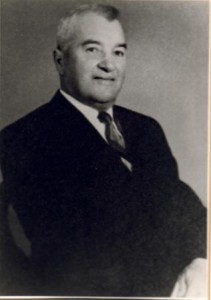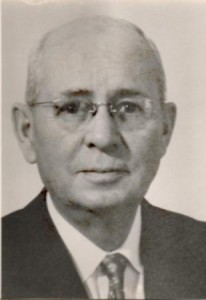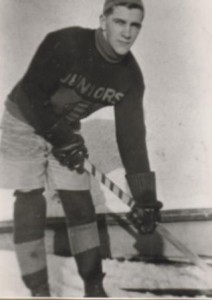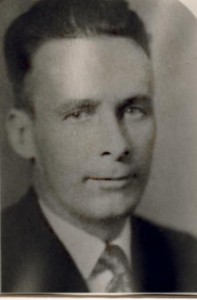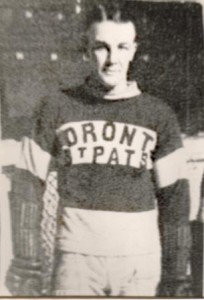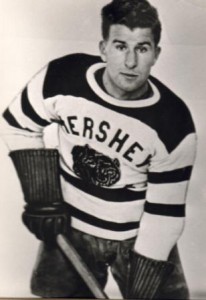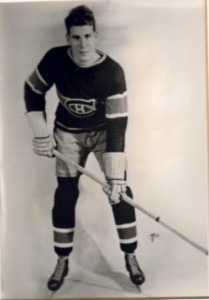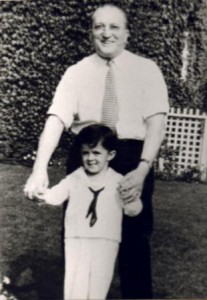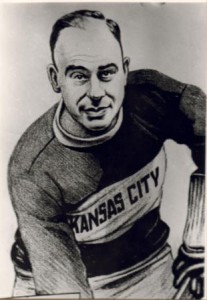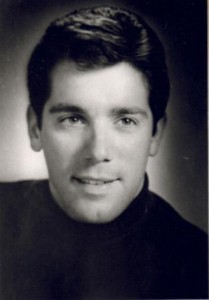 Werner Zotter was born to ski in his native Austria, a country famous for champions down through the ages.
Werner Zotter was born to ski in his native Austria, a country famous for champions down through the ages.
He came to Canada with his parents at the age of nine in 1953 and it was not long before he was recognized as an up and comer.
Werner practically lived on the slopes of theBlueMountainbut he found time to launch a modest minor hockey career. He was a better than average goalkeeper on several teams in the Collingwood Minor Hockey system.
In 1959, he won the Southern Ontario Zone championship, repeated in 1960 and won the Canadian title the same season.
A year later, Werner won the Zone title again and annexed the Alpine and Nordic titles with the Ontario Combined.
The same year he captured Junior championship and in 1962 was crowned the Ontario Senior Champion.
His greatest season was in 1966 when he won theOntariofour-way title (Downhill, Alpine, Jumping and Slalom), the Canadian Junior Alpine and his crowing achievement, the Wilkinson Sword Speed Trails atGeorgianPeaks. On that day he averaged eighty-four miles per hour in three downhill runs. It was a record that has never been broken to this day.
He won several competitions in theUnited Statesin 1967 and 68 and came back to win the Southern Ontario Alpine in 1969.
The next two years he coached Canadian Junior team in Trail and later was a ski instructor and coach at Broadmore, Colorado.
Werner spend many summers in California but returned to Blue Mountain to work with his father in Zotter’s Ski Shop.

